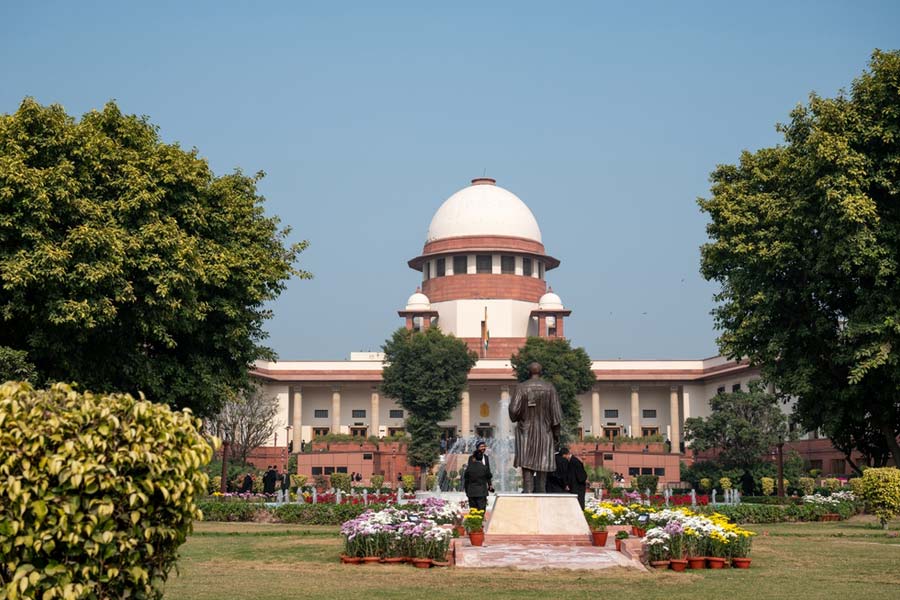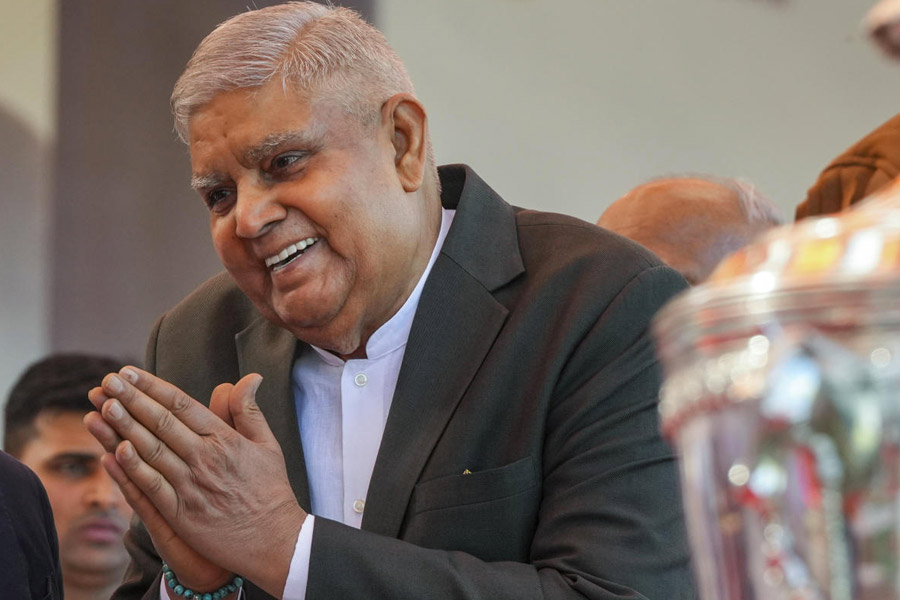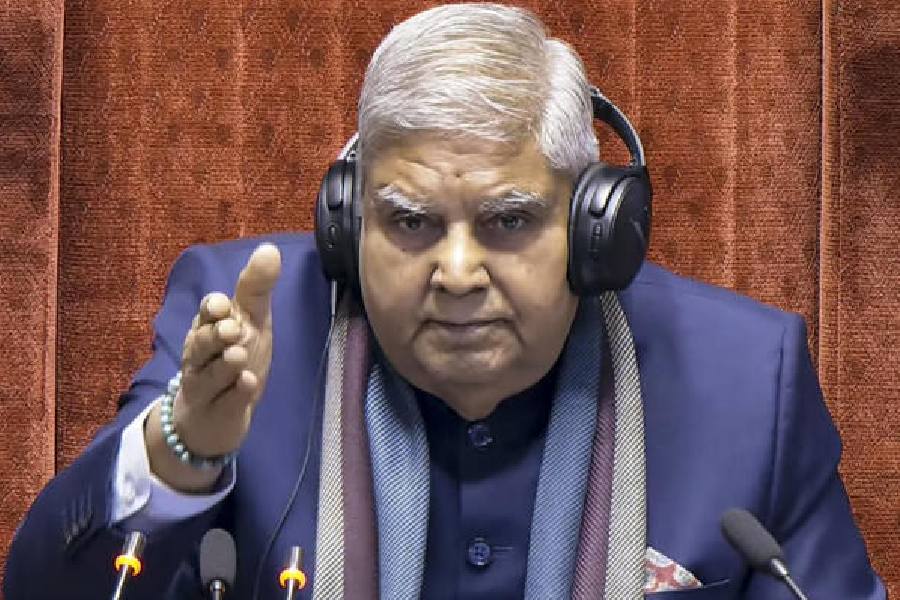 |
| DSP Maharaja Kanishka Kumar Singh. Telegraph picture |
Five corrupt public servants caught in a month.
The brain behind this action is Maharaja Kanishka Kumar Singh, a senior deputy superintendent of police (DSP).
The “record haul” has earned him the name of a “trapmaster” in the state’s Vigilance Investigation Bureau, the most effective cell of the government to tame corruption.
He may not be a maharaja (king) in the traditional sense, but he has definitely emerged as one of the vigilant eyes of the state government.
Singh is a proud man, having trapped over 250 corrupt officials since 2006 when the Nitish government launched a crusade against corruption. On Monday, he led a team that carried out the operation against an officer posted at Runnisaidpur police station in Sitamarhi district. The team caught red-handed an assistant sub-inspector Ram Pukar Sathi taking Rs 5,000 as bribe from one Nandu Bhai Patel, a resident of Manik Chowk.
The cop had allegedly demanded the bribe to arrest the accused in a case. A fortnight ago, Jag Narain Ram, station house officer (SHO), Narhat police station in Nawada district, was arrested while accepting a bribe of Rs 10,000 from the relative of a rape victim against arresting the accused.
Singh has been credited with nabbing 251 government officials, including 20 policemen, on corruption charges. Though there are 11 DSP-rank officers posted with the bureau, Singh has been made the in-charge of the dhaba dal (trap team).
“To trap a policeman is the most difficult task. More risk is involved in it because at times you have to carry out the operation on the police station premises where he/she is posted,” Singh said.
Sharing the experience of an operation with The Telegraph, Singh, 55, said the entire team was “confined” to the police station for several hours after the SHO of a police station in Supaul district was arrested for accepting illegal gratification in 2007.
The SHO of Pipra police station, Satya Narain Singh, flashed the message on wireless that he had been “kidnapped”. The cops rushed to the SHO’s residence and trained their guns on the trap team.
“Finally the then inspector-general of Darbhanga zone came to our rescue after around six hours,” he said.
Another operation, which often haunts Singh’s mind, is related to Naxalite-affected Aurangabad district in central Bihar. The trap team was pelted with stones and detained for several hours by a mob at Hasanpur police station area. The villagers held the whole trap team captive after they came to know that the police station in-charge had been taken into custody.
On an average, 70-80 trap cases are lodged every year with the vigilance bureau. The second “trapmaster”, P.N. Mishra, also has about 125 traps to his credit but was shifted to Bihar Military Police about a year ago. The buzz in the department is whether Maharaja, a 1976-batch sub-inspector, would suffer the same fate.










